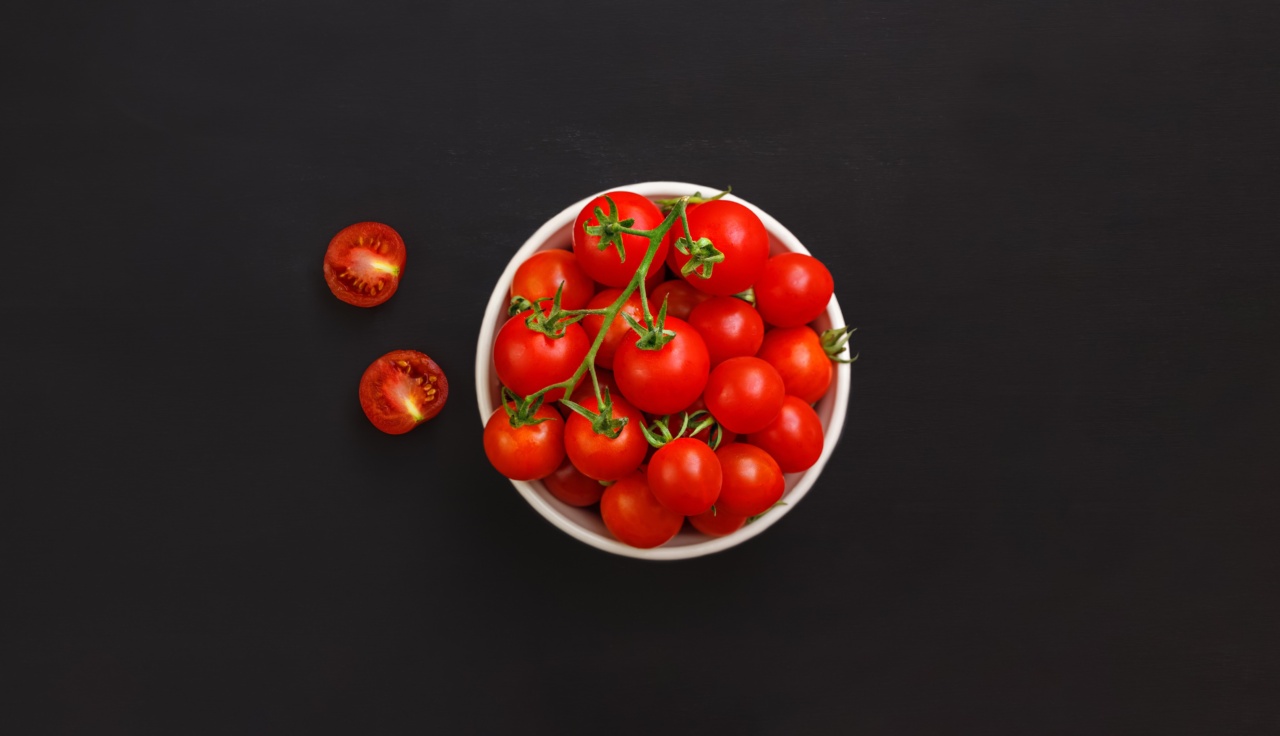If you suffer from Irritable Bowel Syndrome (IBS), you know how painful and disruptive it can be to your daily life. IBS is a chronic gastrointestinal disorder that affects millions of people worldwide.
The symptoms include abdominal pain, bloating, constipation, and diarrhea, which can occur at any time. Although there is no cure for IBS, there are ways to manage your symptoms, and the FodMap Diet is one of the most effective ways to do that.
What is FodMap Diet?
The FodMap diet is a type of elimination diet that involves avoiding certain foods that are high in FodMaps (Fermentable Oligosaccharides, Disaccharides, Monosaccharides, and Polyols).
FodMaps are short-chain carbohydrates that are not easily absorbed in the small intestine and can ferment in the large intestine, causing gas, bloating, and abdominal pain.
The FodMap Diet was created by a team of researchers at Monash University in Australia. They found that by eliminating high-FodMap foods from your diet, you can help reduce the symptoms of IBS.
The FodMap Diet involves three phases: elimination, reintroduction, and maintenance.
The Elimination Phase
The elimination phase is the first phase of the FodMap Diet, and it involves removing all high-FodMap foods from your diet for a few weeks. This phase allows your body to heal and reduces the inflammation of your gut.
The following are examples of high-FodMap foods to avoid during the elimination phase:.
- Wheat-based products such as bread, pasta, and cereals
- Dairy products such as milk, cheese, and yogurt
- Onion and garlic
- Some fruits such as apples, pears, and mangoes
- Vegetables such as cauliflower, broccoli, and mushrooms
- Legumes such as beans, lentils, and soybeans
- High-fructose corn syrup, honey, and agave nectar
You can eat low-FodMap foods during the elimination phase. Low-FodMap foods are foods that contain fewer FodMaps and are less likely to cause symptoms. Examples of low-FodMap foods include:.
- Gluten-free grains such as quinoa, rice, and oats
- Lactose-free dairy products such as lactose-free milk, cheese, and yogurt
- Ginger, turmeric, and coriander
- Certain fruits such as bananas, strawberries, and blueberries
- Vegetables such as carrots, potatoes, and spinach
- Meats, poultry, and fish
- Nuts and seeds such as almonds, walnuts, and chia seeds
The elimination phase can last between 2-6 weeks or until symptoms improve, and once they do, you can move to the reintroduction phase.
Reintroduction Phase
The reintroduction phase involves reintroducing high-FodMap foods back into your diet one at a time and observing how they affect your symptoms.
You can do this by reintroducing a small amount of a high-Fodmap food and observing your symptoms for the next 24 to 48 hours. If the food does not cause symptoms, you can move on to the next high-Fodmap food, and if it does, you can eliminate it from your diet.
This phase is important because it helps you understand which high-FodMap foods are causing your symptoms and which ones you can tolerate.
It is essential to reintroduce high-FodMap foods slowly and one at a time to avoid overwhelming your digestive system.
Maintenance Phase
The maintenance phase is the last phase of the FodMap Diet, where you can start to add back high-FodMap foods that do not cause symptoms and avoid those that do.
This phase involves a personalized diet plan that meets your nutritional needs and keeps your IBS symptoms under control.
Tips for Living Pain-free with IBS
Aside from following the FodMap diet, here are some tips for living pain-free with IBS:.
- Keep a food diary to help track what foods trigger your symptoms
- Stay hydrated by drinking plenty of water
- Avoid or minimize caffeine, alcohol, and fizzy drinks
- Eat small, frequent meals throughout the day
- Get plenty of rest and exercise regularly
- Manage stress through yoga, meditation, or other relaxation techniques
- Consider taking probiotics, as they have been found to improve gut health
Conclusion
Living with IBS can be challenging, but the FodMap diet can provide relief for those suffering from chronic digestive symptoms. By eliminating high-FodMap foods from your diet, you can reduce inflammation and allow your gut to heal.
The FodMap diet may require some trial and error, but by following the three phases, you can begin to reintroduce high-FodMap foods and create a personalized diet plan that keeps your IBS symptoms under control.































